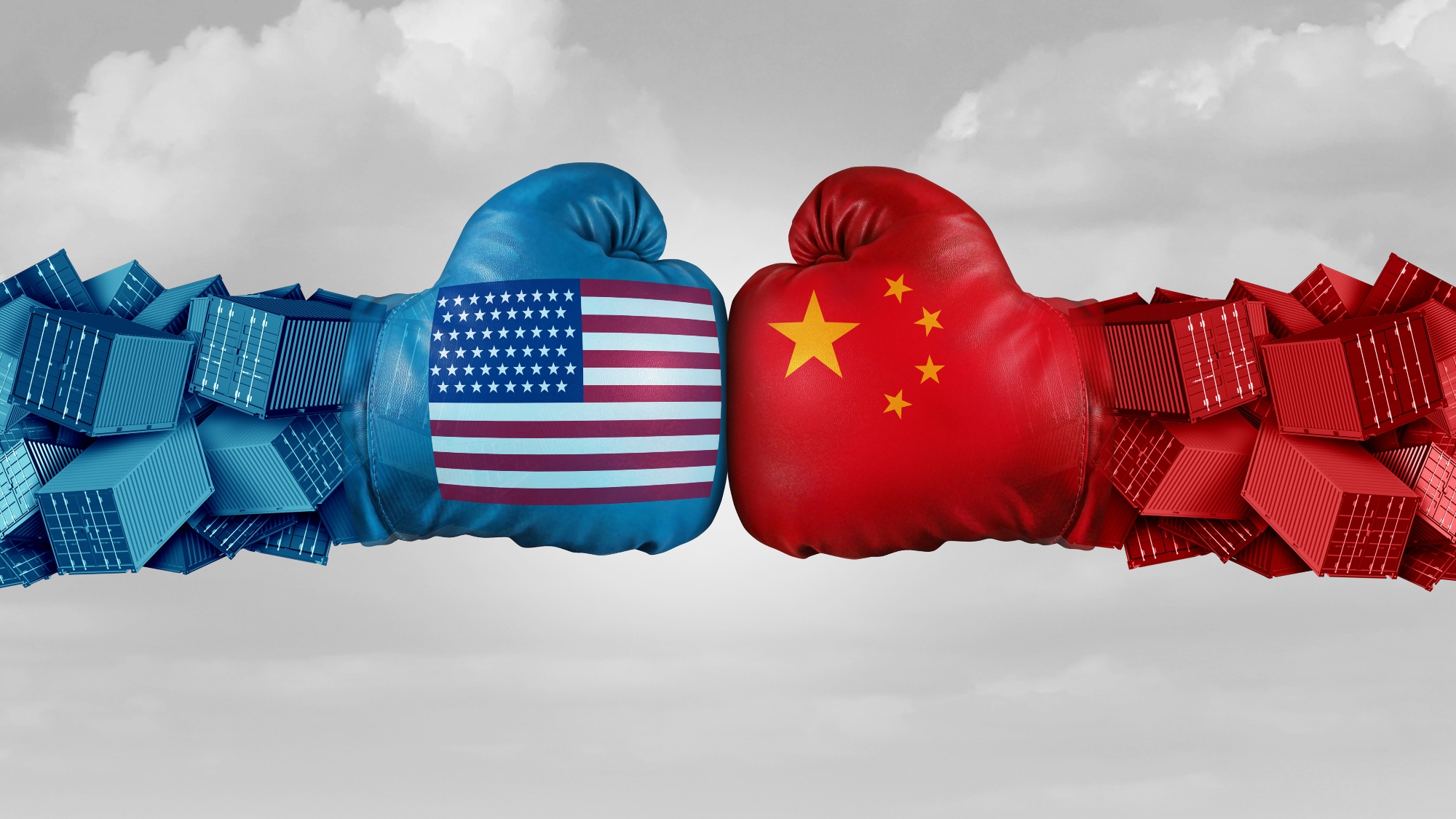Rebuilding Iraq – Challenges to the EPC Industry
Recently, Bechtel Corporation was awarded a major contract to repair roads, hospitals, schools, and other foundational elements in post-war Iraq. Although critics claimed that this award was based on “personal contacts with the Bush administration”, these critics also overlooked the fact that Bechtel has a proven track record in re-building a country, based on their experience in the 1991 Persian Gulf War. In this type of environment, re-building is no picnic, but requires an incredible amount of supply chain planning.
In the engineering project and construction (EPC) industry (which includes companies such as Fluor, Bechtel, Halliburton, and others), a different market environment exists from many other industries. EPC’s are responsible for designing, constructing, and managing all issues associated with major projects, including chemical plants, power plants, and other large facilities. Very often, this occurs in developing countries where logistics is difficult and government agencies in some cases corrupt or extremely bureaucratic. Other characteristics that make this industry difficult to manage include the fact that the industry is characterized by high complexity and low commonality, where price is often the basis for decisions. In the global market, risk is also pushed onto the EPC via fixed price contracts. In many cases, the balance of plant design starts after Tier 1 equipment is selected. The ultimate “owners” of these projects in many cases have a different set of priorities. The problem is that every Owner has different needs and wants to make changes to a “standard” plant concept.
A recent study undertaken the Supply Chain Resource Consortium with a number of Owners and EPC’s is underway. Some of the additional constraints and challenges in this environment include an increasing risk in the project environment, a relative paucity of transactions, and a project profit margin bottom line focus. Initial price is the key order winner, not the long-term maintenance cost of the plant. Customers for, say, power plants, want the same plant today that cost $1200/KW in 1984 done for the same cost today. Suppliers will take advantage when they can exert leverage. Capacity availability is a key driver to the market dynamics. Projects’ 2 to 4 year duration means a deal can easily become “stale”, while technology change can leave you behind with the wrong partner. The labor intensive nature of certain products/services often leaves suppliers in developing countries with a comparative advantage.
This traditional industry thinking is reflected in some of the comments we encountered when we interviewed multiple owners, suppliers, and EPC companies in a recent SCRC project on supplier integration. These comments reflect a risk averse industry, and a general lack of commitment to long-term relationships between parties – with the belief that the market drives a traditional bidding process that cannot be overcome. Clearly, this industry is ripe for a new business model. In this type of market environment, companies are now beginning to look at Strategic Alliances as a new way of doing business.
One company that has begun to examine this is the British Aviation Authority. They have adopted a fundamentally new approach to driving integration across not only the EPC industry, but all of the suppliers involved in this process. As they begin to revamp their airport construction projects, this new approach considers many more factors beyond price, and goes into detailed long-term contracts. The initial results from this strategy have been promising.
In only one case were we able to find a model of a long-term alliance relationship that worked in the industry. The alliance was established within an “Owner” companyh when it was determined that there was an on-going need for a certain type of equipment. It was also established that one supplier was normally successful in obtaining contracts. A series of discussions was initiated to establish whether there was an opportunity to create an alliance that would be good for both parties. Initially it was necessary to determine how trust would be established so that both parties would be able to operate without fear of risk (there had to be a management commitment). It was necessary to establish a system whereby pricing and some marketing information would have to be available, at the same time the vendor would have access to long range planning and engineering at the Owner company. Next there was established a system that would reward/share savings for pre-established decisions by the owner. The biggest thing that had to be created and established was a trust between parties. It was also determined that the alliance would be on-going, in other words, it was constantly being worked by a set group of people to involve/ make changes as work progressed. As a higher comfort factor evolved, the working of the process became easier and more advantageous for both parties. For the most part, when used, the degree of success was high and very helpful for project purposes.
What makes alliances work? There clearly must be evidence that there is some system of cost savings sharing which will benefit all. There must be established some means of showing the client that changes and costs resulting are fair and not a means of gaining wealth. In all the client must be able to see why this is the best route and how he will be protected from pitfalls during the process. At the same time, the supplier must feel assured that his data/information will not be exposed to competition.
- Categories:


